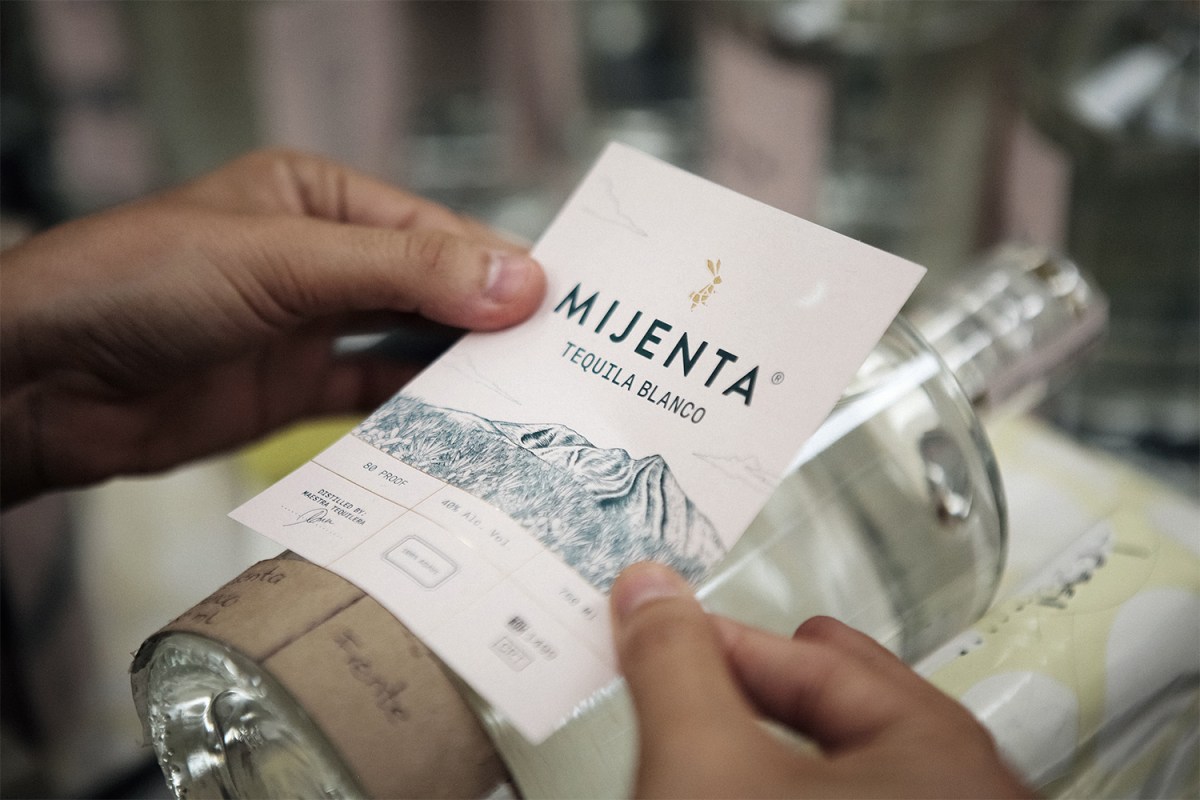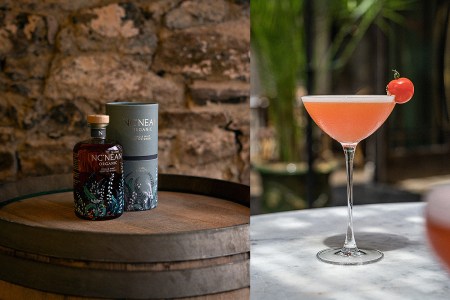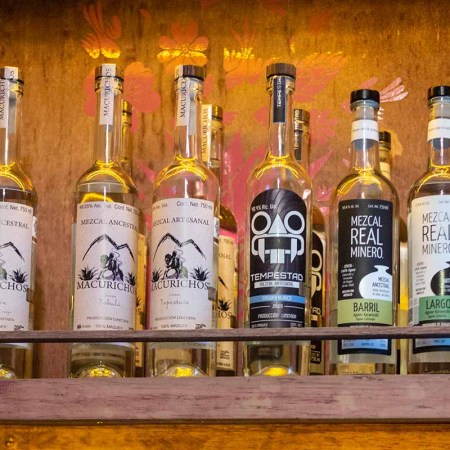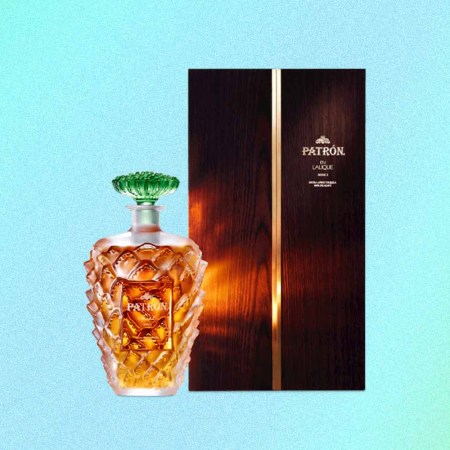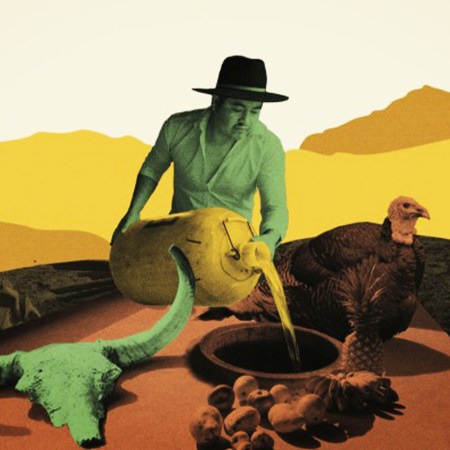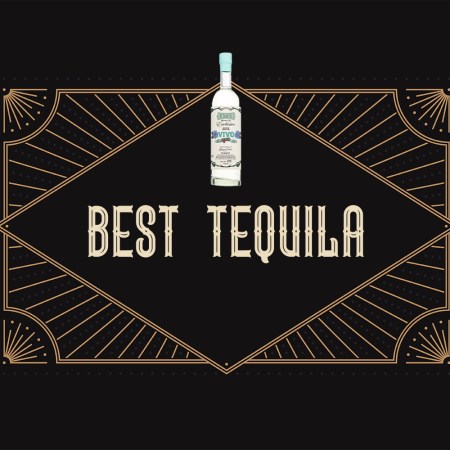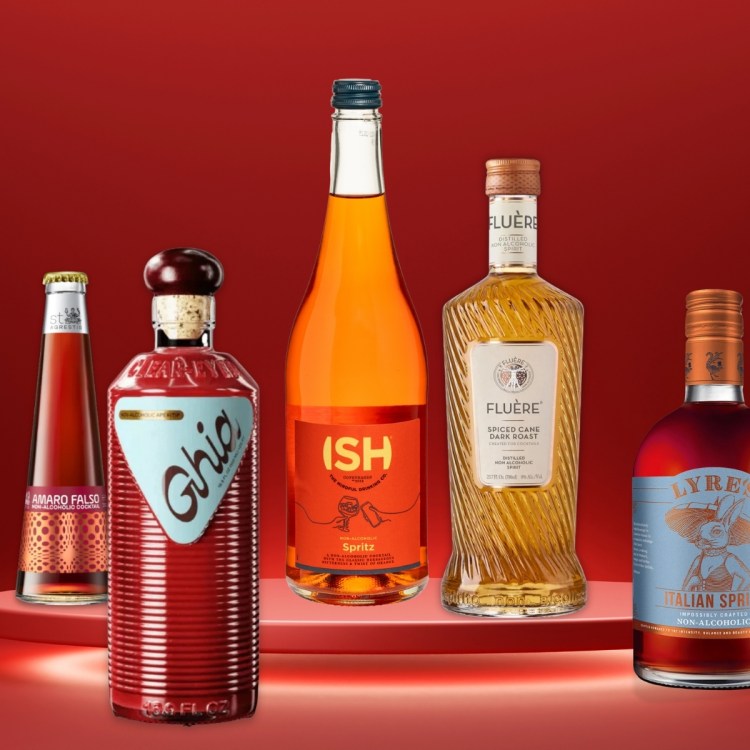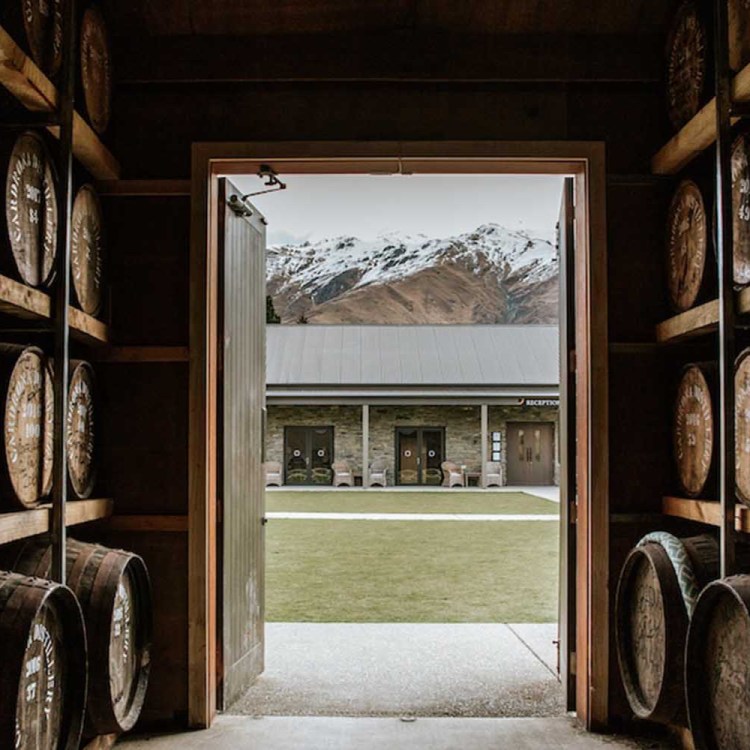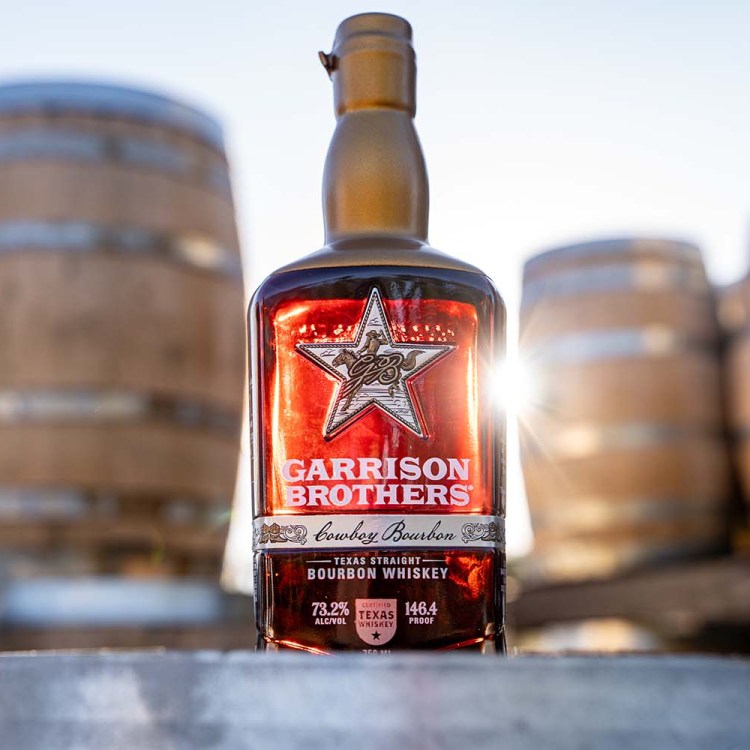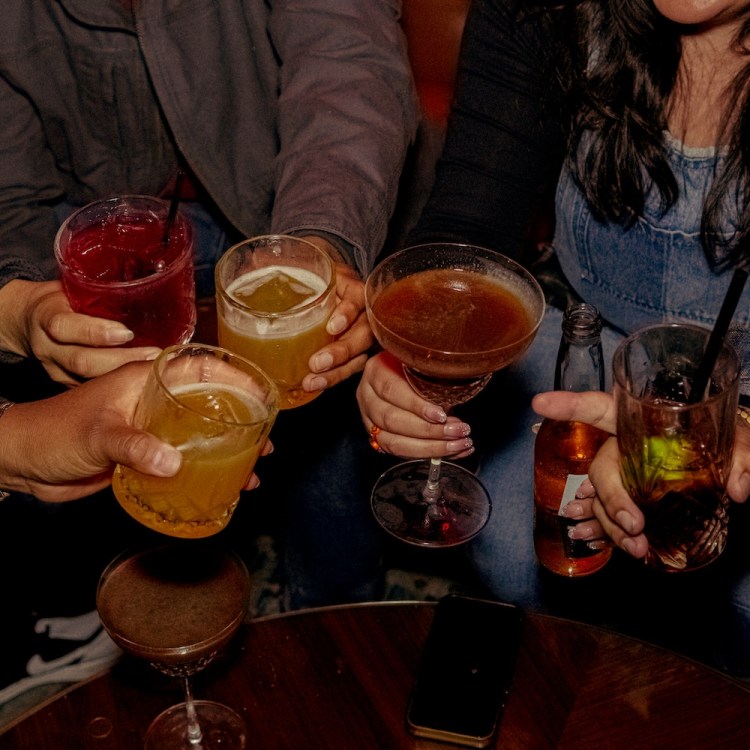Ana Maria Romero Mena has the most famous nose in the tequila industry. Though smell might not be what some people think of when it comes to tequila, aroma is what put Mena on the map in the spirits world — 600 aromas, to be exact. After Mena published her book, The Aromas of Tequila: The Art of Tasting, along with an aroma wheel that identified the hundreds of scents that can be found in Mexico’s most well-known spirit, her scent map quickly became a staple used by tequila makers across the globe.
“Early in my career, I dedicated myself to researching tequila’s aromas and tasting notes,” Mena tells InsideHook. “As part of this work, I visited a wide range of tequila houses to catalog and document all the subtle variations between styles, including flavor notes and textures.”
Mena has become one of the foremost experts in the world of tequila since her aroma wheel became industry standard back in 2007. So when she decided to get involved with a tequila brand herself — and earned the title of Maestra Tequilera — it was clear that this brand would be producing a different kind of spirit, one that goes above and beyond.
Enter Mijenta, which takes its name from the Spanish phrase “mi gente,” or “my people,” and seeks to represent a collective coming together. In this case, it’s a collective of expert jimadors, or agave farmers, and distillers. The spirit officially launched in September 2020 after a harvesting, distilling and bottling process that’s conducted fully under Mena’s direction. Starting off with their Blanco, an unaged tequila that’s bottled shortly after distillation, the brand kicked off in the middle of the pandemic and still saw growth. Over the course of the next few years, they perfected a pair of aged offerings, a Reposado, released in December 2020, and an Añejo, which launched this spring.
Across the three different expressions, the focus on flavor without additives is always Mena’s primary objective. “I’m excited about our vision to create a complex, culinary tequila,” she says. “With Mijenta, I have the freedom to create and to use my creativity to design a great tequila and explore new expressions. We never use any additives, unlike many other producers — even big name tequilas. To me, using additives defeats the purpose of tequila, which is to taste the agave.”
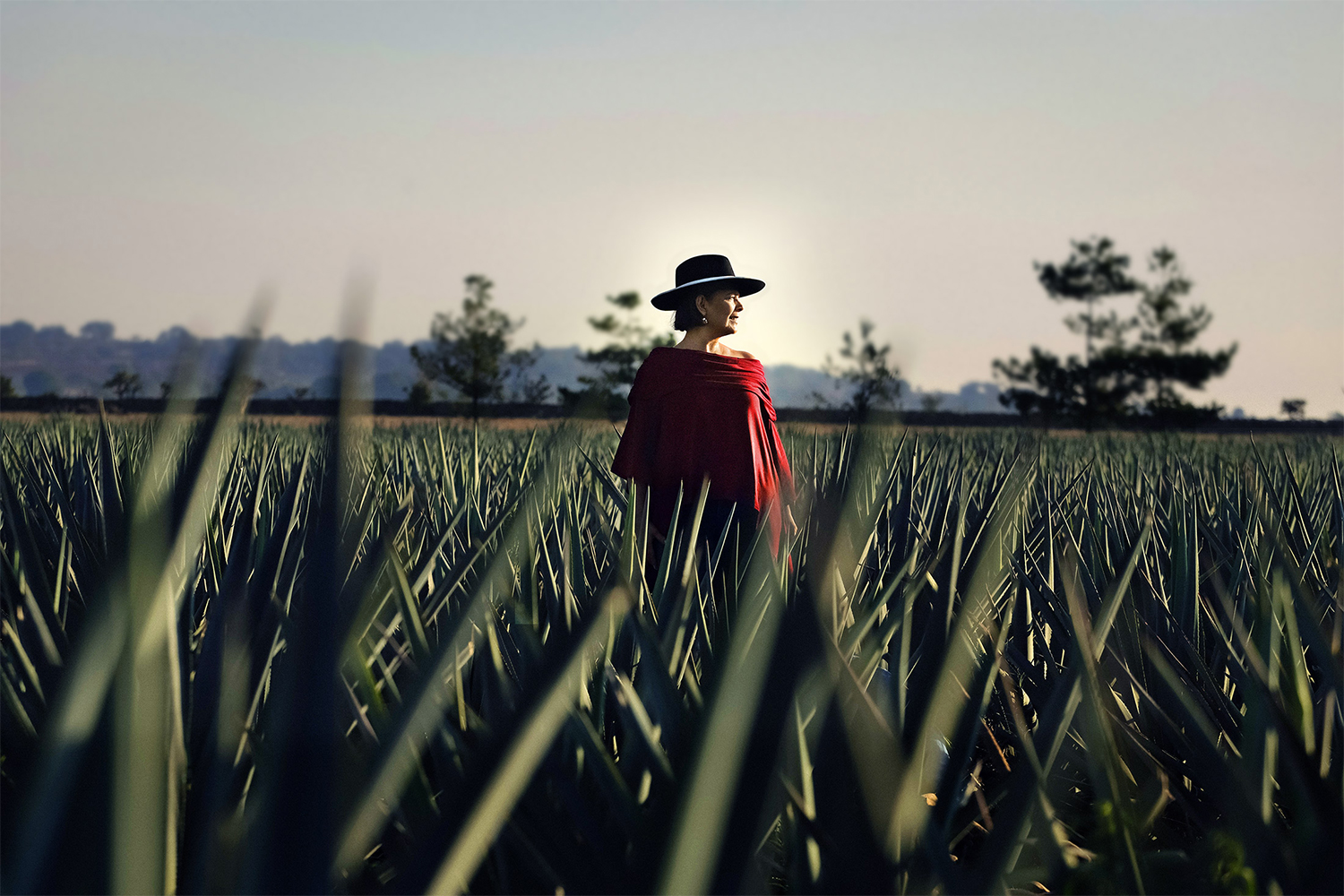
All the Blue Weber agave used in Mijenta comes from the highlands of Jalisco in Mexico, and after the agave is cooked, the resulting liquid is distilled at Casa Tequilera de Arandas. Even though plenty of small-batch tequilas and mezcals have been cropping up lately, none of them have the expertise of Mena on their side, and her discerning palate is the secret weapon that sets Mijenta apart. Not only that, but the brand also uses a different fermentation process than typical tequilas, with wild yeast hand-selected by Mena, and chose to present their tequila unfiltered, another unique element.
“Mijenta uses a somewhat different fermentation process than is typical with tequila,” she explains. “While the industry average for fermentation is 72 hours, ours takes longer as we work very carefully to ensure the best possible conditions for the yeast, which forms all of the aromas of Mijenta. The yeast has been selected specifically to increase the natural flavors of the highlands’ terroir.”
The Best Things We Drank in 2025
Cask-strength Scotch. Tomato Martinis. Gin made with sugar kelp. For our veteran drinks writers, it was a year of pleasant surprises.Terroir isn’t just important for wine; it’s a crucial part of the tequila-making process for Mijenta too, as all the agave plants they use are selected from the best plots of land and never harvested until they’re fully mature. “The cold weather and mineral-rich, red clay soil helps produce agave with higher water content and less fiber,” Mena says. “Through Mijenta’s production process, we draw out the fruit flavors of the agave that are characteristic of the highlands’ terroir. The balance in the flavor profile is achieved through strict control of all parts of the process, including cooking and milling, along with the fermentation and distillation.”
After the agave is cooked and fermented, it is left to rest for 30 days in the case of Blanco, or aged in both American and French oak barrels for the Reposado and Añejo styles. Though the spirit is double distilled, and carefully tended to while it’s aging, the decision not to filter the final product is just one more way the brand sets itself apart.
“When I originally designed the profile of Mijenta, I experimented with a number of different approaches,” Mena adds. “However, I found that when I filtered the tequila, it always lost the best aromas. We did a blind tasting with the team and we all agreed that the one we liked the most was the unfiltered sample. I’m very pleased with the result. Unfiltered, the tequila is complex and elegant.”
Every Thursday, our resident experts see to it that you’re up to date on the latest from the world of drinks. Trend reports, bottle reviews, cocktail recipes and more. Sign up for THE SPILL now.
